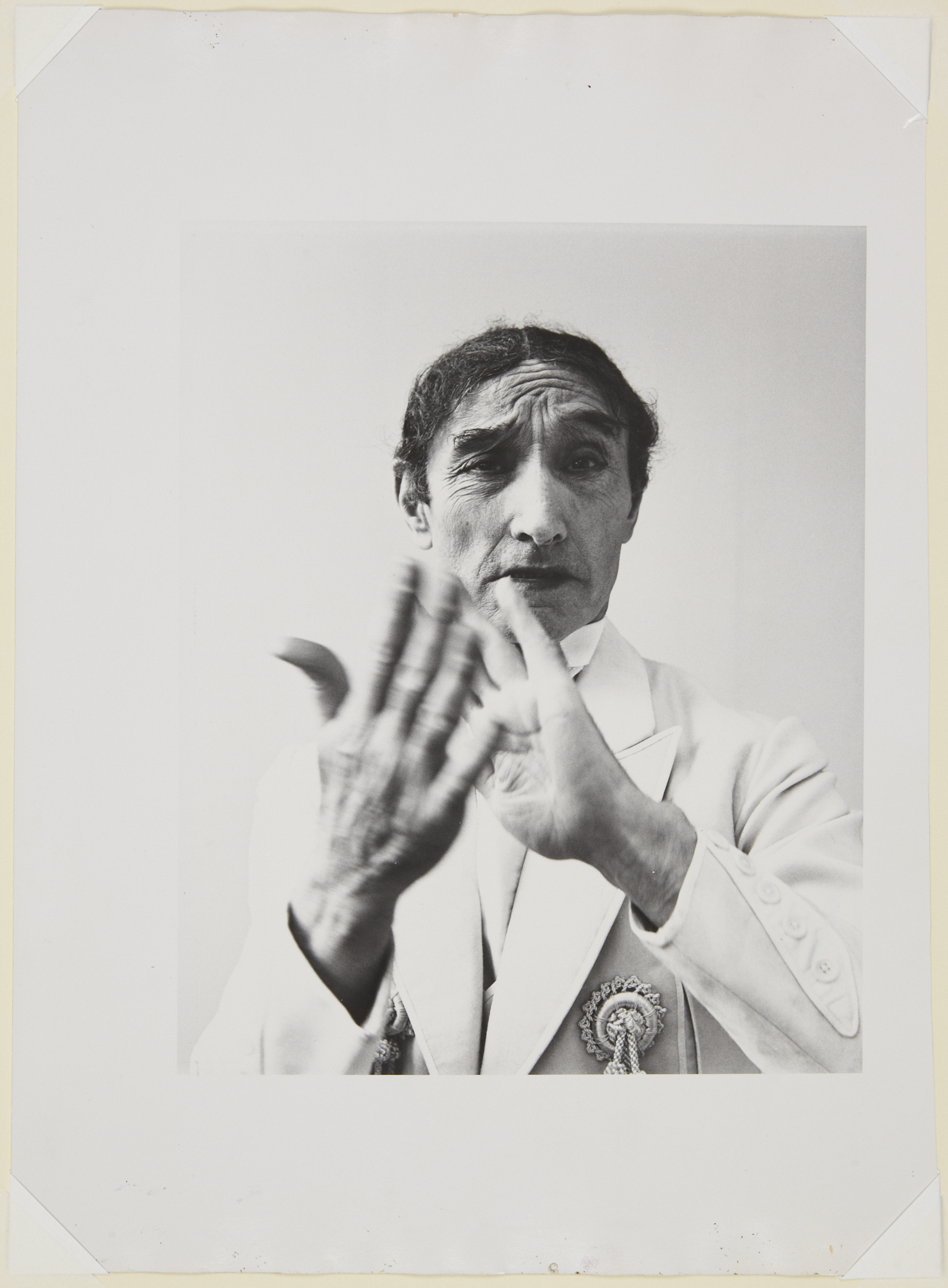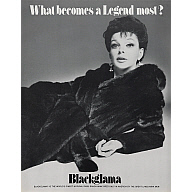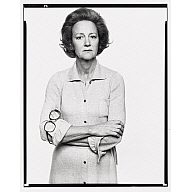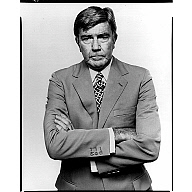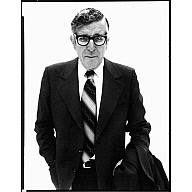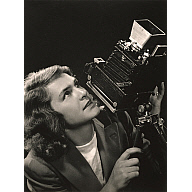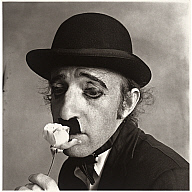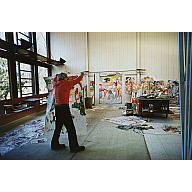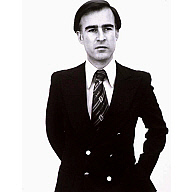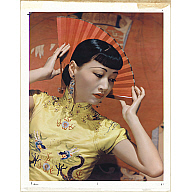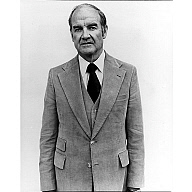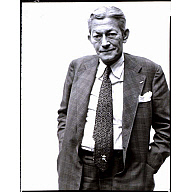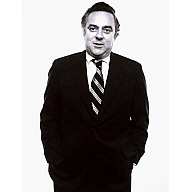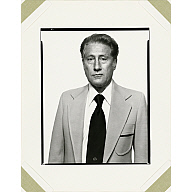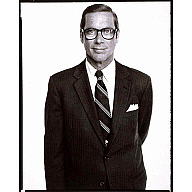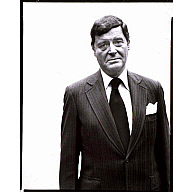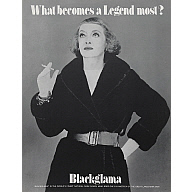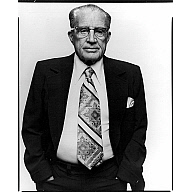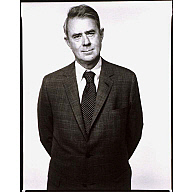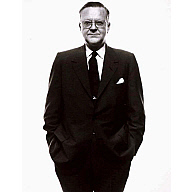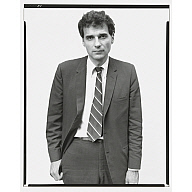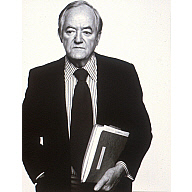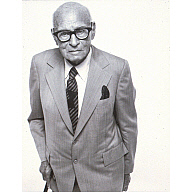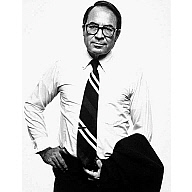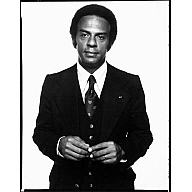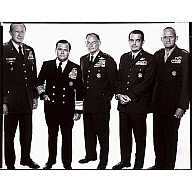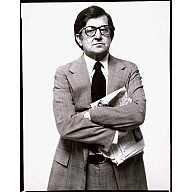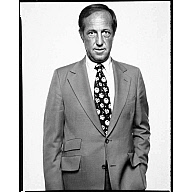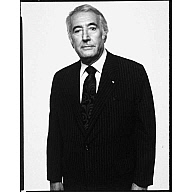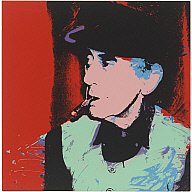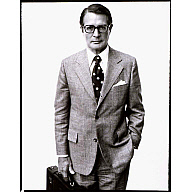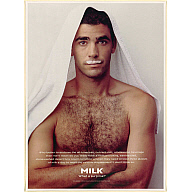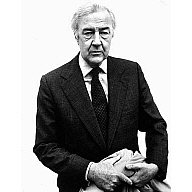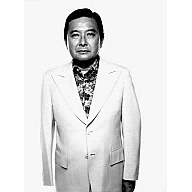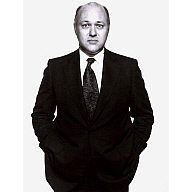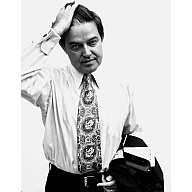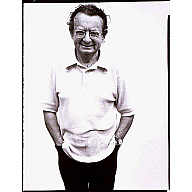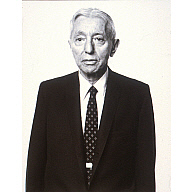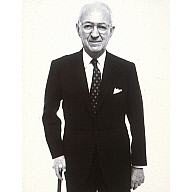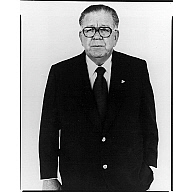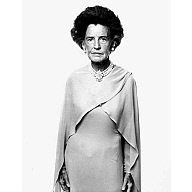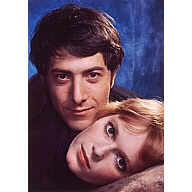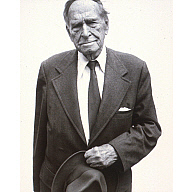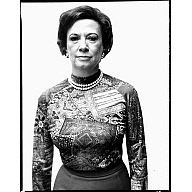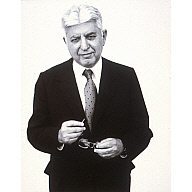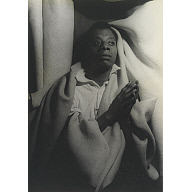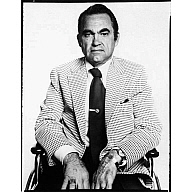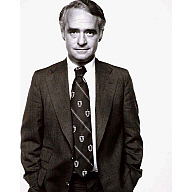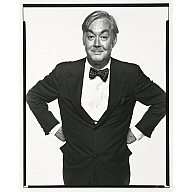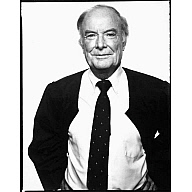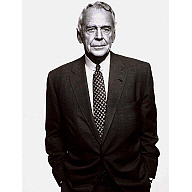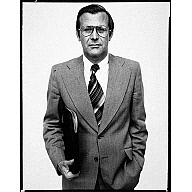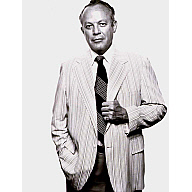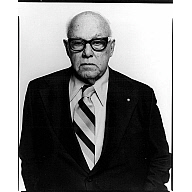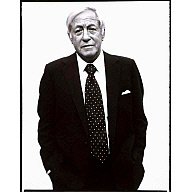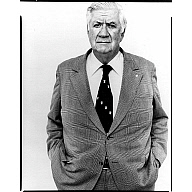Richard Avedon
American photographer. He studied philosophy at Columbia University, New York (1941–2), and from 1942 to 1944 served in the photography department of the US Merchant Marine, taking identity photographs of servicemen. He then studied photography under Alexey Brodovitch at the New School for Social Research, New York, from 1944 to 1950; from 1945 to 1965 he worked under Brodovitch and Carmel Snow for Harper’s Bazaar, contributing fashion photographs. As a young boy he had seen various fashion magazines and had been particularly impressed by the photographs of Martin Munkacsi. This influence remained in evidence in his own fashion work for Harper’s Bazaar, since he, too, photographed the models outside and in motion in order to arrive at dramatic, sometimes blurred, images. From 1950 he also contributed photographs to Life, Look and Graphis and in 1952 became Staff Editor and photographer for Theatre Arts. Towards the end of the 1950s he became dissatisfied with daylight photography and open air locations and so turned to studio photography, using strobe lighting. In 1965 he left Harper’s Bazaar to work for Vogue under Diana Vreeland and Alexander Liberman. Avedon presented fashion photography as theatre, and his innovative style greatly influenced other photographers; his work of the 1960s hinted at the energy and sexual explicitness of the period. Concurrent with his commercial assignments, Avedon produced portrait photographs of both celebrities and ordinary Americans. In his book Nothing Personal (1964), which includes portraits of figures such as the philosopher Bertrand Russell together with images of prisoners, the mentally ill and the poor, he created a disturbingly contrasting picture of society. In 1976 he photographed American businessmen and political leaders for a portfolio in Rolling Stone. His portraits, made with a view camera and often printed larger than life, are stark images with plain white backdrops, with the sitter generally looking directly at the camera. The unflinching quality of such works is especially evident in a series of portraits of his dying father exhibited in 1974 at the Museum of Modern Art in New York. He adapted this style for In the American West, a series of portraits produced from 1979 to 1984 for the Amon Carter Museum in Fort Worth, TX. The harsh realism of these portraits of miners, oil workers and slaughter house workers provides a powerful, if bleak, record of working life in the region. A major retrospective exhibition of Avedon’s photographs was mounted in 1994 at the Whitney Museum of American Art in New York (GDA).
Selected Images of Richard Avedon
Objects at Colby College Museum of Art (1)
Objects at Indianapolis Museum of Art at Newfields (1)
Objects at Princeton University Art Museum (2)
Objects at National Portrait Gallery (87)

Objects at The Amon Carter (133)






